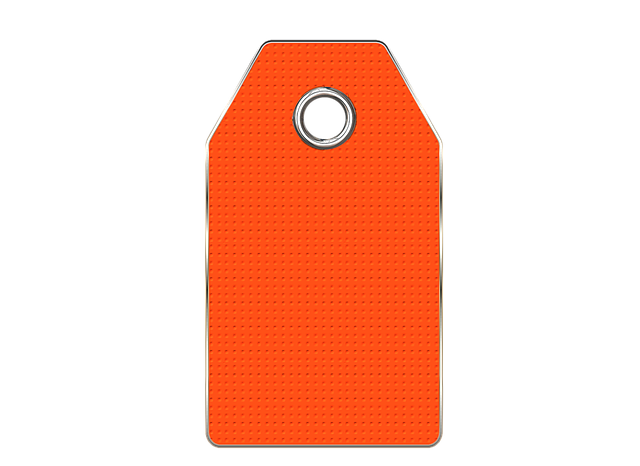Skin tags, caused by friction, hormonal changes, age, and obesity, can be removed in Bristol using various techniques like cryotherapy, surgical excision, lancing, or cauterization. To prevent recurrence after a Tag Removal Bristol procedure, maintain good hygiene, use gentle skincare, protect the treated area from irritation, and follow a consistent post-removal routine.
Skin tags, those small, harmless growths on your skin, can be a nuisance. This guide explores effective Tag Removal Bristol methods, offering practical solutions for safe and permanent results. Firstly, we demystify these common skin tags, uncovering their causes. Next, discover proven tag removal techniques, from at-home remedies to professional treatments. Lastly, learn powerful strategies to prevent recurring skin tags, ensuring long-lasting smoothness.
- Understanding Skin Tags and Their Causes
- Effective Tag Removal Techniques
- Strategies to Prevent Recurrence
Understanding Skin Tags and Their Causes
Skin tags, also known as acrochordons, are small, soft skin growths that typically appear in areas where skin rubs against itself, such as the neck, armpits, or groin. They are generally harmless and often painless, but many people prefer to remove them for aesthetic reasons. Understanding their causes is the first step towards preventing recurrence after a tag removal procedure, like those offered by Tag Removal Bristol.
The primary cause of skin tags is friction and constant irritation. This can be due to clothing or jewellery rubbing against the skin, or in cases where there’s excess skin in certain areas. Hormonal changes, particularly during pregnancy or puberty, can also contribute to their development. Additionally, age and obesity are factors that increase the likelihood of skin tag formation.
Effective Tag Removal Techniques
When it comes to effective tag removal, there are several techniques that have proven successful in Bristol and beyond. One popular method involves freezing them off with liquid nitrogen, a process known as cryotherapy. This quick and relatively painless procedure is often recommended by dermatologists for its high success rate and minimal downtime.
Another widely used approach is surgical excision, where a doctor carefully cuts out the tag using a scalpel or laser. While this might sound more invasive, it’s a straightforward solution that can be completed in a doctor’s office. Additionally, non-surgical options like lancing and cauterization are also available, offering effective tag removal with less recovery time.
Strategies to Prevent Recurrence
When it comes to preventing skin tags from recurring after removal in Bristol, maintaining good hygiene is key. Regularly cleaning the treated area with mild soap and water helps remove any residual debris or bacteria that could stimulate new growth. Additionally, avoiding harsh scrubbing or picking at the site can prevent further irritation and potential reinfection.
For optimal results, consider adopting a consistent skincare routine post-removal. Using moisturisers and applying sunscreen to the affected area can aid in healing and protect against sun damage, which may trigger skin tag development. Moreover, steering clear of tight clothing that irritates the skin is essential, as this can create an environment conducive to skin tag recurrence.
Preventing skin tags from recurring is key to maintaining healthy, smooth skin. By understanding their causes, you can employ effective removal techniques like those offered by professional Tag Removal Bristol services. Additionally, adopting strategies such as regular skincare, avoiding friction, and maintaining a healthy weight can significantly reduce the risk of new tags forming. Remember, consistent care and vigilance are essential to keeping skin tags at bay.
